Filter by
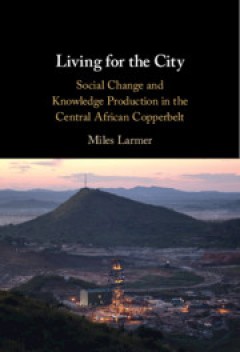
Living for the city : social change and knowledge production in the Central A…
Living for the City is a social history of the Central African Copperbelt, considered as a single region encompassing the neighbouring mining regions of Zambia and the Democratic Republic of Congo. The Haut Katanga and Zambian Copperbelt mine towns have been understood as the vanguard of urban 'modernity' in Africa. Observers found in these towns new African communities that were experiencing w…
- Edition
- -
- ISBN/ISSN
- 9781108973120
- Collation
- xiii, 380 p. : ill
- Series Title
- -
- Call Number
- 967 LAR l
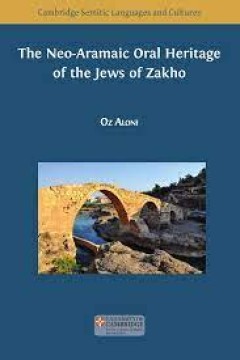
The Neo-Aramaic Oral Heritage of the Jews of Zakho
In 1951, the secluded Neo-Aramaic-speaking Jewish community of Zakho migrated collectively to Israel. It carried with it its unique language, culture and customs, many of which bore resemblance to those found in classical rabbinic literature. Like others in Kurdistan, for example, the Jews of Zakho retained a vibrant tradition of creating and performing songs based on embellishing biblical stor…
- Edition
- -
- ISBN/ISSN
- 9781800643048
- Collation
- xiii, 349 p. ; 15.6 cm.
- Series Title
- -
- Call Number
- 290 ALO t

Established and outsiders at the same time : self-images and we-images of Pal…
Palestinians frequently present a harmonizing and homogenizing we-image of their own national we-group, as a way of counteracting Israeli attempts to sow divisions among them, whether through Israeli politics or through the dominant public discourse in Israel. However, a closer look reveals the fragility of this homogenizing we-image which masks a variety of internal tensions and conflicts. By …
- Edition
- 11
- ISBN/ISSN
- 9783863952860
- Collation
- 232 p, ill.
- Series Title
- -
- Call Number
- 305.8927405694 ROS e

Ethnicity, race, religion : identities and ideologies in early jewish and chr…
Religion, ethnicity and race are facets of identity that have become increasingly contested. The modern discipline of biblical studies developed in the context of Western Europe, concurrent with the emergence of various racial and imperial ideologies. The essays in this volume deal both with historical facets of ethnicity and race in antiquity, in particular in relation to the identities of Jew…
- Edition
- -
- ISBN/ISSN
- 9780567677310
- Collation
- IX, 241 p.
- Series Title
- -
- Call Number
- 270.1089 ETH e
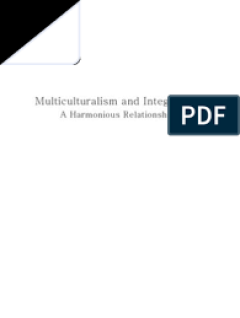
Multiculturalism and integration: harmonious relationship
Multiculturalism has been the official policy of all Australian governments (Commonwealth and State) since the 1970s. It has recently been criticised, both in Australia and elsewhere. Integration has been suggested as a better term and policy. Critics suggest it is a reversion to assimilation. However integration has not been rigorously defined and may simply be another form of multiculturalism…
- Edition
- -
- ISBN/ISSN
- 9781921862151
- Collation
- xxiii, 228p.: ill.
- Series Title
- -
- Call Number
- 305.8 CLY m
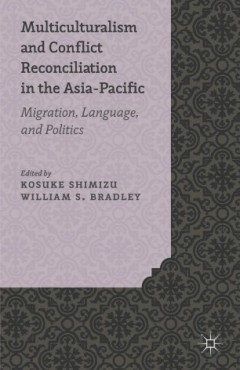
Multiculturalism and conflict reconciliation in the Asia-Pacific : migration,…
This book is open access under a CC BY license. This edited collection focuses on theories, language and migration in relation to multiculturalism in Japan and the Asia-Pacific. Each chapter aims to provide alternative understandings to current conflicts that have arisen due to immigration and policies related to education, politics, language, work, citizenship and identity.
- Edition
- -
- ISBN/ISSN
- 9781137403605
- Collation
- xiv, 237p. : ill.
- Series Title
- -
- Call Number
- 305.80095 MUL m
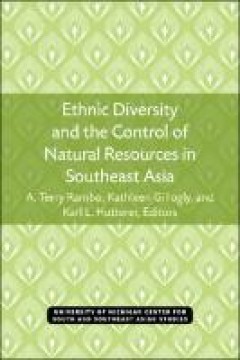
Ethnic diversity and the control of natural resources in Southeast Asia
The authors consider the ways in which the high degree of ethnic diversity within the region is related to the nature of tropical Asian environments, on the one hand, and the nature of Southeast Asian political systems and the ways in which they manipulate natural resources, on the other. Rather than focus on defining the phenomenon of ethnicity, this book examines the different social evolutio…
- Edition
- -
- ISBN/ISSN
- 9780472902309
- Collation
- XII, 229 p.
- Series Title
- Michigan Papers On South And Southeast Asia, 32
- Call Number
- 305.895 ETH e
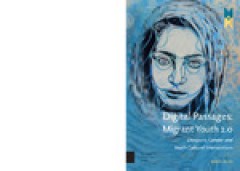
Digital passages: migrant youth 2.0. Diaspora, gender and youth cultural inte…
Increasingly, young people live online, with the vast majority of their social and cultural interactions conducted through means other than face-to-face conversation. How does this transition impact the ways in which young migrants understand, negotiate, and perform identity? That's the question taken up by Digital Passages: Migrant Youth 2.0, a ground-breaking analysis of the ways that youth c…
- Edition
- -
- ISBN/ISSN
- 9789048523047
- Collation
- 324 p.; 22 cm.
- Series Title
- MediaMatters,
- Call Number
- 305.8 LEU d
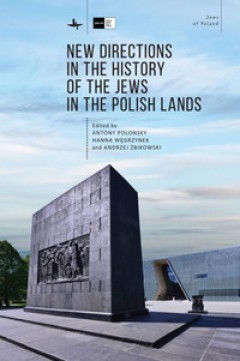
New directions in the history of the Jews in the Polish lands
This volume is made up of essays first presented as papers at the conference held in May 2015 at POLIN Museum of the History of Polish Jews in Warsaw. It is divided into two sections. The first deals with museological questions—the voices of the curators, comments on the POLIN museum exhibitions and projects, and discussions on Jewish museums and education. The second examines the current sta…
- Edition
- -
- ISBN/ISSN
- 9788394914912
- Collation
- LXXX, 502 p.
- Series Title
- -
- Call Number
- 943.8004924 NEW n

Inter-group relations and migrant integration in European cities : changing n…
This open access book presents a comparative analysis of intergroup relations and migrant integration at the neighbourhood level in Europe. Featuring a unique collection of portraits of urban relations between the majority population and immigrant minorities, it examines how relations are structured and evolve in different and increasingly diverse local societies. Inside, readers will find a co…
- Edition
- -
- ISBN/ISSN
- 9783319230962
- Collation
- vi, 216p. : ill.
- Series Title
- -
- Call Number
- 304.8 INT i
 Computer Science, Information & General Works
Computer Science, Information & General Works  Philosophy & Psychology
Philosophy & Psychology  Religion
Religion  Social Sciences
Social Sciences  Language
Language  Pure Science
Pure Science  Applied Sciences
Applied Sciences  Art & Recreation
Art & Recreation  Literature
Literature  History & Geography
History & Geography